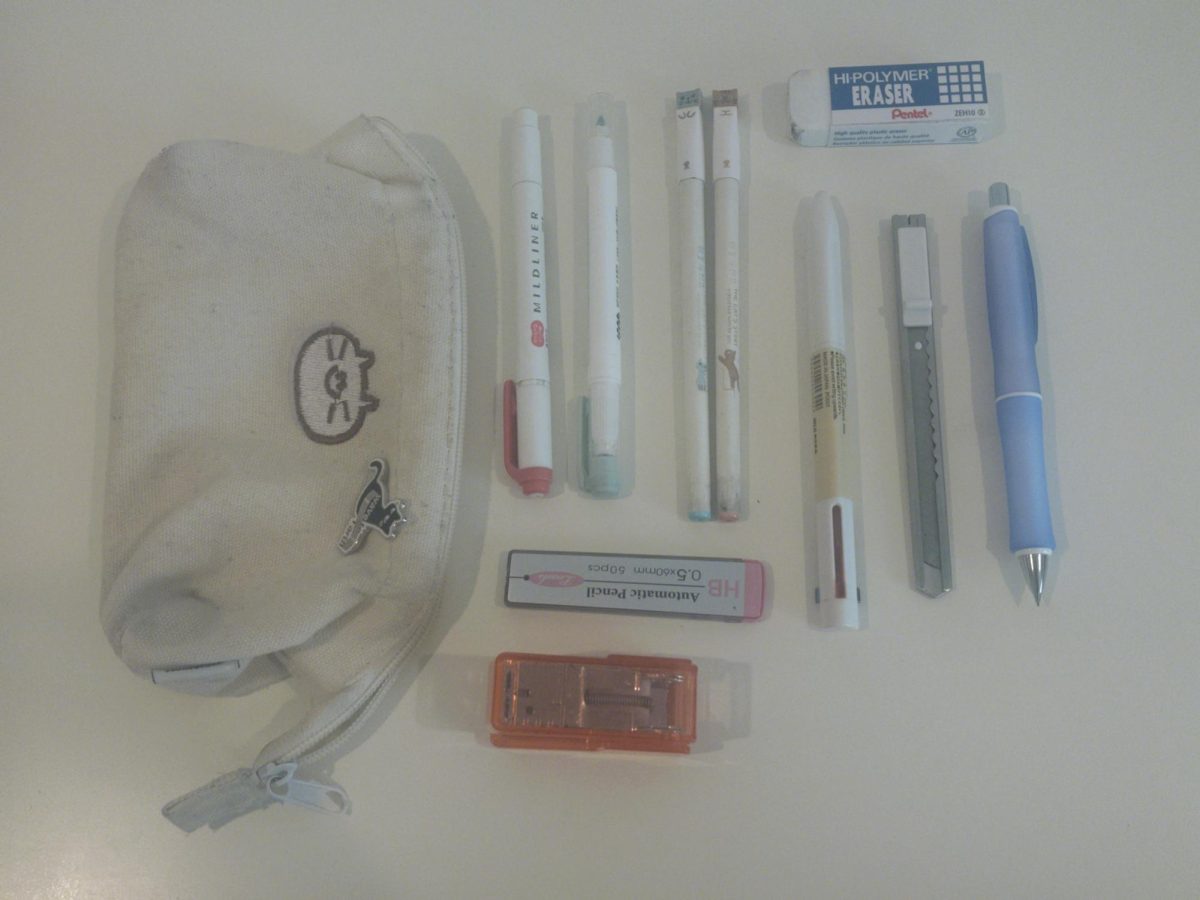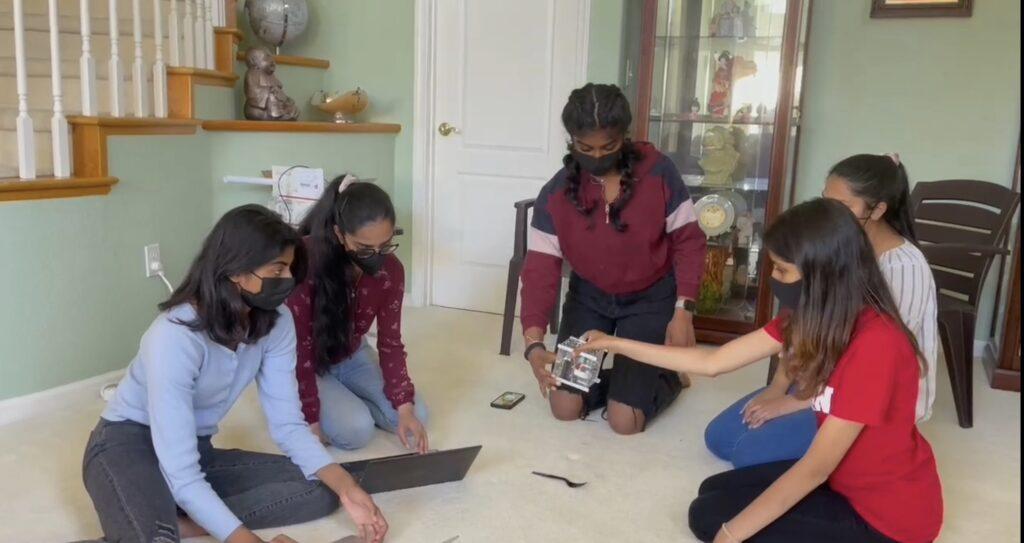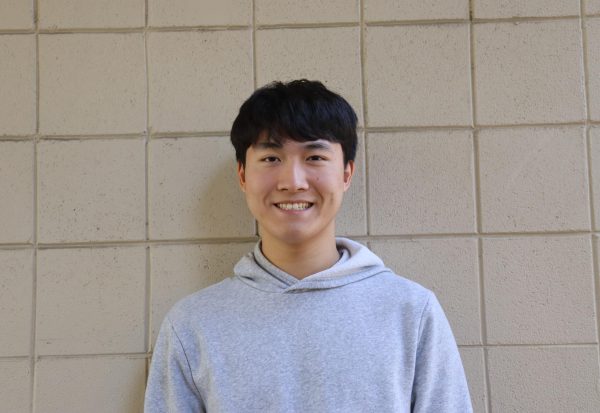“My grandfather passed away when I was three due to lung cancer caused by smoking. Out of the pain of loss, I wanted to learn more about the relationship between smoking and disease as I grew older.” Sophomore Samanvi Boppana said when recalling the motivation to start her gene research project.
In her research, Boppana eventually came across a gene named CYP2A6, which she suspected to be a gene mutation correlated with smoking. Hoping to carry out the research more in-depth, Boppana later decided to investigate how the gene was involved in small cell lung cancer and nicotine-based diseases as her research topic for the Santa Clara Valley Synopsys Science Fair from January to March of 2022.
Thanks to her prior knowledge, Boppana was able to conclude in the end that the presence of such genes was directly caused by smoking behaviors, and that the CYP2A6 could potentially be a focus in future treatment and development of drugs for nicotine-based cancers.
The gene research was just one among many other projects Boppana did to be qualified for the Affiliate Rising Star Award for Aspirations in Computing on Feb. 16, 2023 by the National Center for Women & Information Technology (NCWIT), a nonprofit organization that promotes female participation in computing.
Each year, more than 3,300 people from all 50 states participate in the NCWIT; participants provide resume materials stating their STEM-related projects or experiences within the last year. The award recipients are then selected based on their passion and aptitude in computing, leadership experience and future plans.
Since Boppana had just finished the gene research and another major project within the previous year when she heard about the NCWIT award from a family friend, she applied for the award hoping her passion would be recognized.
Boppana participated in the MIT CubeSat Challenge in May 2022 — where she worked with her sister, junior Sannidhi Boppana, junior Ameya Saund and two friends from Silver Creek High School — after being encouraged by how much she gained from the gene research science fair.
High school students around the country compete in the CubeSat contest to make a small cubic machine that can detect plastic in the oceans from space.
“The ability to make an effort towards environmentally-related green projects excited me. I hoped this contest would teach me as much as the science fair but in a group setting, so [my sister and I] reached out to friends who share the same passion in STEM and formed a small group,” Boppana said.
Boppana worked on the hardware part of the CubeSat with Saund, while the others worked on software development.
“One of the biggest challenges we faced was having different time schedules,” Boppana said. “It’s very difficult to have everyone together at the same time. So instead, whenever we weren’t able to meet in person, some of us would work one of the days, and the others would work at another time. We constantly updated each other on progress.”
Boppana values the group work and friendship she established during the project: Because engineers typically work individually based on their own knowledge and ability, Boppana found it refreshing to be able to focus on her field of expertise and trust her teammates to take care of other areas. Her experience also taught her that engineers don’t always have to work alone and that working together with someone that complemented her skillset was beneficial.
“Working with friends for the same goal was really an amazing experience and one that I think we all learned a lot from,” she said. “We worked, grew, laughed and shed a couple tears along the way together but those were just the things that brought us even closer together.”




























